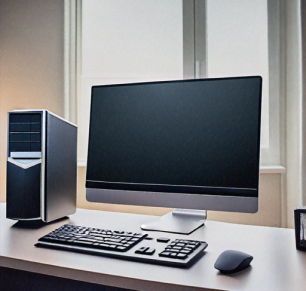Course Progress
What is a Computer? Let's Start with the Basics!
Welcome to Day 1 of your 90-day computer literacy journey! Today, we're starting with the absolute basics: understanding what a computer is and the key components that make it work. Don't worry if any of this feels new or unfamiliar—we're here to walk you through each step, one day at a time.

A computer is a powerful tool that helps you perform tasks such as browsing the internet, writing documents, sending emails, and even storing and organizing your photos. Think of it like a digital assistant that makes life easier, whether for personal use or work. But to use a computer confidently, it helps to understand the different parts that make it work.
Here are some of the key components of a typical computer:
Monitor: This is the screen where you view everything. It's like the computer's window to the world, displaying programs, websites, documents, and more.
Keyboard: The tool you use to type letters, numbers, and commands. It's your way of communicating with the computer, from writing documents to entering passwords.
Mouse: This allows you to move around and interact with what's on the screen. You can click on icons, scroll through pages, and select text or items.
CPU (Central Processing Unit): Often referred to as the "brain" of the computer, the CPU processes instructions and ensures that everything works smoothly.
These components are just the beginning, but understanding them is an important first step.
Knowing the basic components of a computer will help you feel more comfortable as we move forward. Every task you'll perform—from writing an email to browsing a website—relies on these parts working together. The more familiar you are with them, the easier it will be to navigate your computer confidently.
Take a moment to locate each of these components on your own computer. Understanding where everything is will help as we start exploring how to use them.
If you're using a laptop, the monitor, keyboard, and mouse are all built-in, but they function the same way as those on a desktop computer.